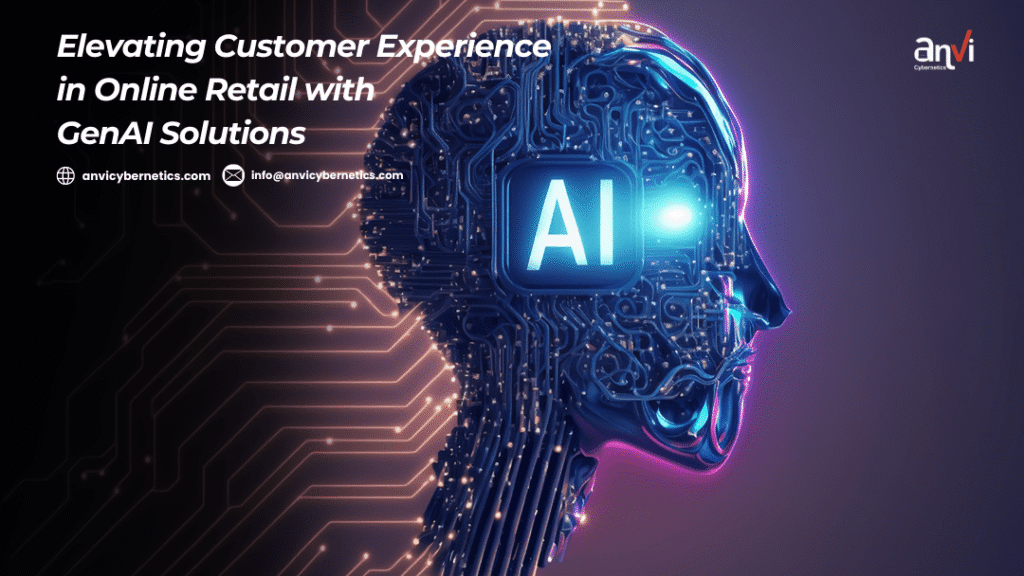
Why Power BI and Tableau are Essential for Modern Data Analytics ? Let’s go through with real case study of netflix and coco-cola.
Key Features of Power BI
Key Features of Tableau
Differences Between Power BI and Tableau
Business Benefits of Power BI and Tableau
Leveraging Power BI and Tableau for Effective Data Analytics
Case Studies
Here are two detailed case studies on how Coca-Cola and Netflix have successfully implemented Power BI and Tableau respectively:
Coca-Cola Power BI Case Study:
Coca-Cola, the global beverage giant, recognized the need to streamline its sales reporting process and gain real-time insights into its vast amounts of data. The company implemented Microsoft Power BI to address these challenges and empower its sales teams with actionable information.
Before adopting Power BI, Coca-Cola’s sales data was scattered across various systems and spreadsheets, making it difficult for sales representatives to access and analyze the information they needed. The manual process of consolidating and reporting data was time-consuming and prone to errors.
By leveraging Power BI, Coca-Cola was able to connect to multiple data sources, including its CRM system, sales databases, and marketing platforms. The tool’s data integration capabilities allowed the company to bring all relevant information into a single, centralized location.
Power BI’s intuitive interface and drag-and-drop functionality enabled Coca-Cola’s sales teams to create interactive dashboards and reports easily. These visualizations provided a clear overview of key performance indicators (KPIs), such as sales revenue, market share, and customer trends. Sales representatives could drill down into specific regions, products, or time periods to gain deeper insights.
One of the most significant benefits Coca-Cola experienced with Power BI was the ability to access real-time data on various devices, including smartphones and tablets. This mobile access empowered sales teams to make data-driven decisions on the go, whether they were in the office or out in the field.
The implementation of Power BI led to several tangible results for Coca-Cola. The company reported a 6% increase in sales revenue, attributed to the improved decision-making capabilities provided by the platform. Additionally, the time spent on data consolidation and reporting decreased by 20%, allowing sales teams to focus more on revenue-generating activities.
Overall, Coca-Cola’s adoption of Power BI revolutionized its sales reporting process, enabling the company to harness the power of real-time data insights. The platform’s user-friendly interface, mobile accessibility, and data integration capabilities have driven significant improvements in sales performance and operational efficiency.
Netflix Tableau Case Study:
Netflix, the global streaming giant, has transformed the entertainment industry with its data-driven approach to content creation and user experience. The company relies heavily on data analytics to make informed decisions, and Tableau has played a crucial role in this process.
With over 200 million subscribers worldwide, Netflix generates a massive amount of data on user preferences, viewing habits, and content performance. The company needed a powerful tool to analyze this data and derive actionable insights. Tableau’s advanced visualization capabilities and ease of use made it the ideal choice for Netflix.
Netflix’s data analytics team uses Tableau to create interactive dashboards that provide a comprehensive view of key metrics, such as subscriber growth, content engagement, and user retention. These dashboards allow executives and content creators to identify trends, understand viewer preferences, and make data-driven decisions about content investments.
One of the most valuable applications of Tableau at Netflix is its role in content recommendation algorithms. By analyzing user data, Netflix can personalize content recommendations for each subscriber, ensuring a highly engaging user experience. Tableau’s visualizations help the company understand the complex relationships between user demographics, viewing history, and content attributes, enabling them to refine their recommendation models continually.
Tableau has also been instrumental in optimizing Netflix’s marketing strategies. The platform allows the company to analyze the performance of marketing campaigns across different channels, regions, and target audiences. By identifying the most effective marketing tactics and allocating resources accordingly, Netflix has been able to maximize subscriber acquisition and retention.
The impact of Tableau on Netflix’s decision-making process has been significant. The company reported a 20% increase in user engagement and a 15% reduction in subscriber churn, attributed to the insights derived from Tableau dashboards. Additionally, the platform has enabled Netflix to make more informed content investment decisions, leading to the creation of highly successful original series and movies.
In summary, Netflix’s use of Tableau has been a game-changer for the company’s data analytics capabilities. The platform’s advanced visualization features, combined with Netflix’s vast amounts of user data, have enabled the company to make data-driven decisions that have propelled its growth and success in the highly competitive streaming market.
These case studies demonstrate how Power BI and Tableau have been successfully implemented by industry leaders to drive business value and gain a competitive edge. By including these real-world examples in your blog post, you can provide readers with concrete evidence of the benefits these tools offer and inspire them to explore how they can leverage data analytics in their own organizations.
Conclusion
Power BI and Tableau are essential tools in the modern data analytics landscape, each offering unique strengths and capabilities. Power BI’s integration with the Microsoft ecosystem, cost-effectiveness, and AI integration make it a powerful choice for many businesses. Tableau’s advanced visualization capabilities, ease of use, and scalability make it a preferred option for enterprises needing highly interactive and customizable solutions. By carefully evaluating business needs and leveraging the strengths of these platforms, organizations can enhance their data analytics capabilities, drive informed decision-making, and gain a significant competitive advantage.




